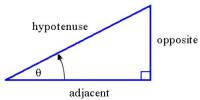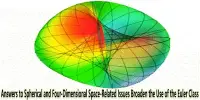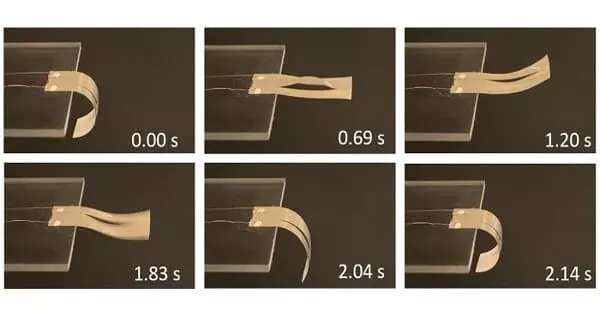Researchers are simulating COVID-19 infections on a cellular level, the most fundamental structural level of the human body, with computer models.
The models enable virtual medication and vaccination trials, allowing for a pre-assessment of treatment and vaccine efficacy against the virus.
Anita Layton, professor of applied mathematics and Canada 150 Study Chair in mathematical biology and medicine, and Mehrshad Sadria, an applied mathematics Ph.D. student, are part of the research team at the University of Waterloo.
The team simulates how the human immune system responds to the COVID-19 virus using “in silico” trials. On silico trials are conducted in computer chips’ silicon, as opposed to “in vitro” or “in vivo” trials, which are conducted in test tubes or directly in living organisms.
“It’s not that in-silico trials should replace clinical trials,” Layton said. “A model is a simplification, but it can help us whittle down the drugs for clinical trials. Clinical trials are expensive and can cost human lives. Using models helps narrow the drug candidates to the ones that are best for safety and efficacy.”
One of the first groups to work on these models, the researchers were able to capture the outcomes of various treatments employed on COVID-19 patients in clinical trials. Their findings are very similar to real-world data on COVID infections and therapies.
As we learn more about different variants of concern, we can change the model’s structure or parameters to simulate the interaction between the immune system and the variants. And we can then predict if we should apply the same treatments or even how the vaccines might work as well.
Mehrshad Sadria
Remdesivir, a medicine utilized in the World Health Organization’s global “solidarity” trials, was one example of a treatment employed in the model. The medicine was physiologically effective in both the simulated model and the actual study, but clinically doubtful unless given soon after viral infection.
The paradigm may also be applicable to existing and future concerns. The experts believe the virus will continue to evolve, perhaps resulting in additional waves of infection.
“As we learn more about different variants of concern, we can change the model’s structure or parameters to simulate the interaction between the immune system and the variants,” Sadria said.
“And we can then predict if we should apply the same treatments or even how the vaccines might work as well.”
Layton and Sadria are part of a new team led by University Health Network (UHN) researchers that just obtained a COVID variations rapid response award from the Canadian Institute of Health Research.
To further understand the dissemination of COVID variations in Canada, the UHN team will conduct experimental experiments and modeling simulations.
The study, “Modeling within-Host SARS-CoV-2 Infection Dynamics and Potential Treatments,” authored by Sadria and Layton, was recently published in the journal Viruses.
















